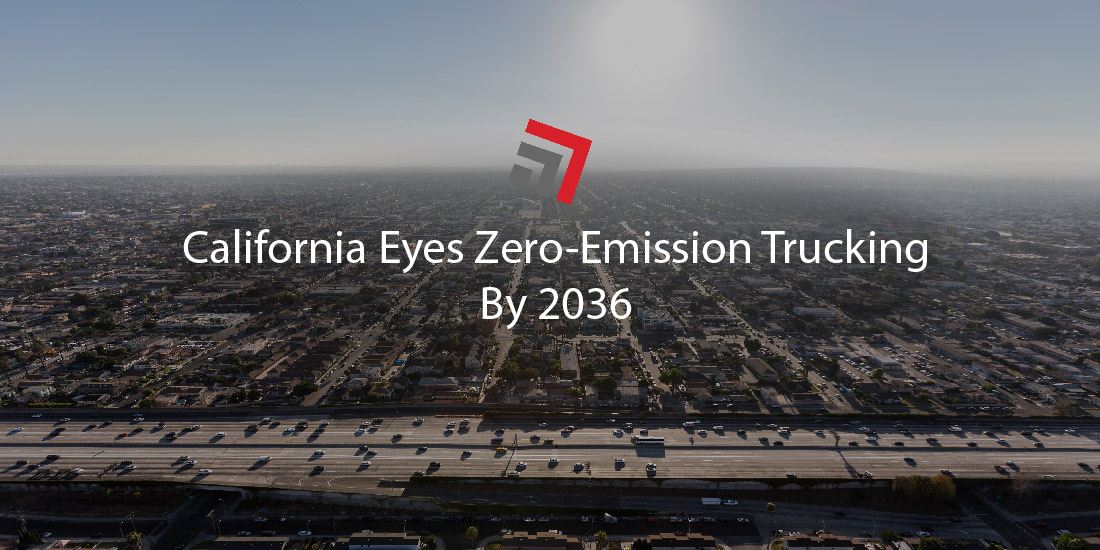Time is not a commodity for an industry that transports the brunt of America’s commodities from container yards and warehouses to storefronts and marketplaces.
For trucking, there can always be more time. More time to move freight, more time to optimize operations, and, in this case, more time to adapt with regulatory punches.
The California Air Resources Board has proposed to accelerate California’s target year for requiring zero-emission vehicles (ZEVs) in the state’s trucking sector. The original date of 2040 is now set to push four years forward to 2036.
The board’s rule now states “all vehicles produced by manufacturers (subject to the rule) that are produced and delivered for sale to the ultimate purchaser in California must be ZEVs” beginning with the model year of 2036.
In other words, the rule will phaseout diesel-powered trucks—the primary makeup of present-day fleets—in the Golden State.
California’s proposed ACF rule given federal approval
The proposal is dubbed as the Advanced Clean Fleet (ACF) rule and goes hand in hand with California’s Clean Trucks rule which together represent the broader strategy of the state’s zero-emission conquest.
With confidence of being implemented by the end of the year, it’s important to note the ACF is only moving forward because it was given a federal nod.
The proposed rule had to receive a waiver from the EPA, a condition unique to California in the original Clean Air Act, which permits the Golden State to enacts its own emission standards.
Without one, California was just like the 49 other states—deferent to the government for play calls on emissions.
This stipulation was previously a beacon of hope for the state’s trucking sector, however they are now red in complexion as the Biden administration gave the go ahead to waive California and grant the state control over its emission standards.
The Golden State is now permitted to usher in a new era of clean trucks.
“This isn’t the United States of California,” says ATA boss
While there’s an urgency for cutting back on emissions and embracing cleaner operations, many trucking stakeholders feel California is rolling out regulation with reckless abandon and raising the bar to comply much too high.
The ACF is considerably tougher on trucking when compared to federal requirements. California’s newfound power has incensed trucking stakeholders, including top advocacy group American Trucking Associations.
ATA’s President and CEO Chris Spear seared dismay of the decision in a news release: “This isn’t the United States of California…by allowing the state to proceed with these technologically infeasible rules on unworkable and unrealistic timelines, the EPA is sowing the ground for a future supply chain crisis.”
In other words, Spear, like other stakeholders, believes the ACF rule sets a precedent as California acting the part of national regulator and, thanks to newer and stricter rules, will lead to disruptions in the country’s most critical valve for freight movement, whether domestic or international.
Owner-operators, fleets are fleeing
Departures from Californian commerce are not uncommon for dray and trucking companies in response to the state’s legislative headwinds. In culmination with the Clean Trucks rule, California’s AB5 law has been a devastating hit to the state’s trucking sector, particularly with its owner-operator model.
As many truckers plan their exodus, concerns now weigh over capacity, especially for drayage at Californian ports like Long Beach, Los Angeles, and Oakland.
Final Thoughts
Typical with proposals of this nature, CARB has opened this up for public comment which ends tomorrow, April 7.
Please contact us if you have any questions regarding this topic or any others in domestic logistics. In addition, stay up to date with weekly headlines from both trucking and rail via our Road Map newsletter.



Recent Comments